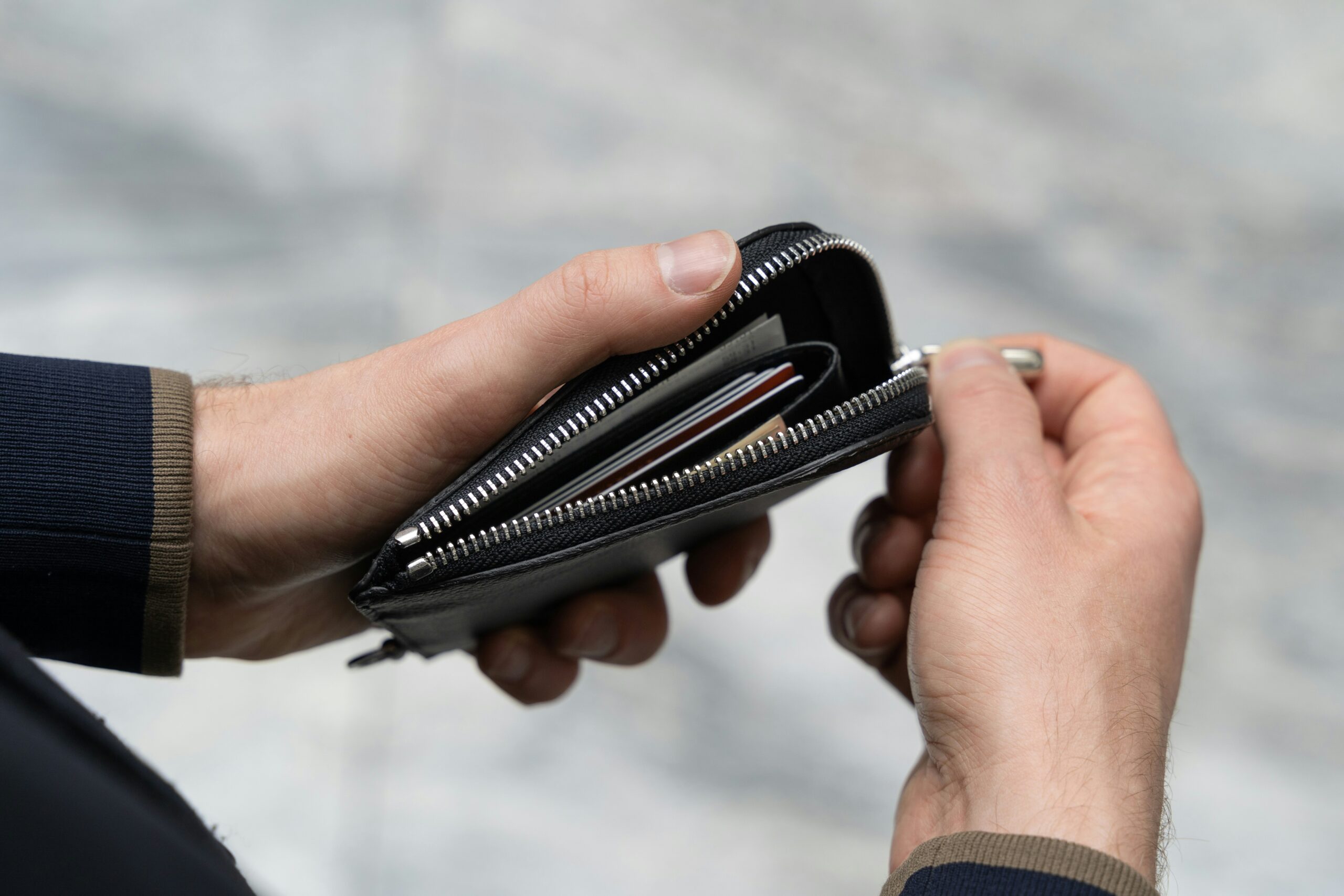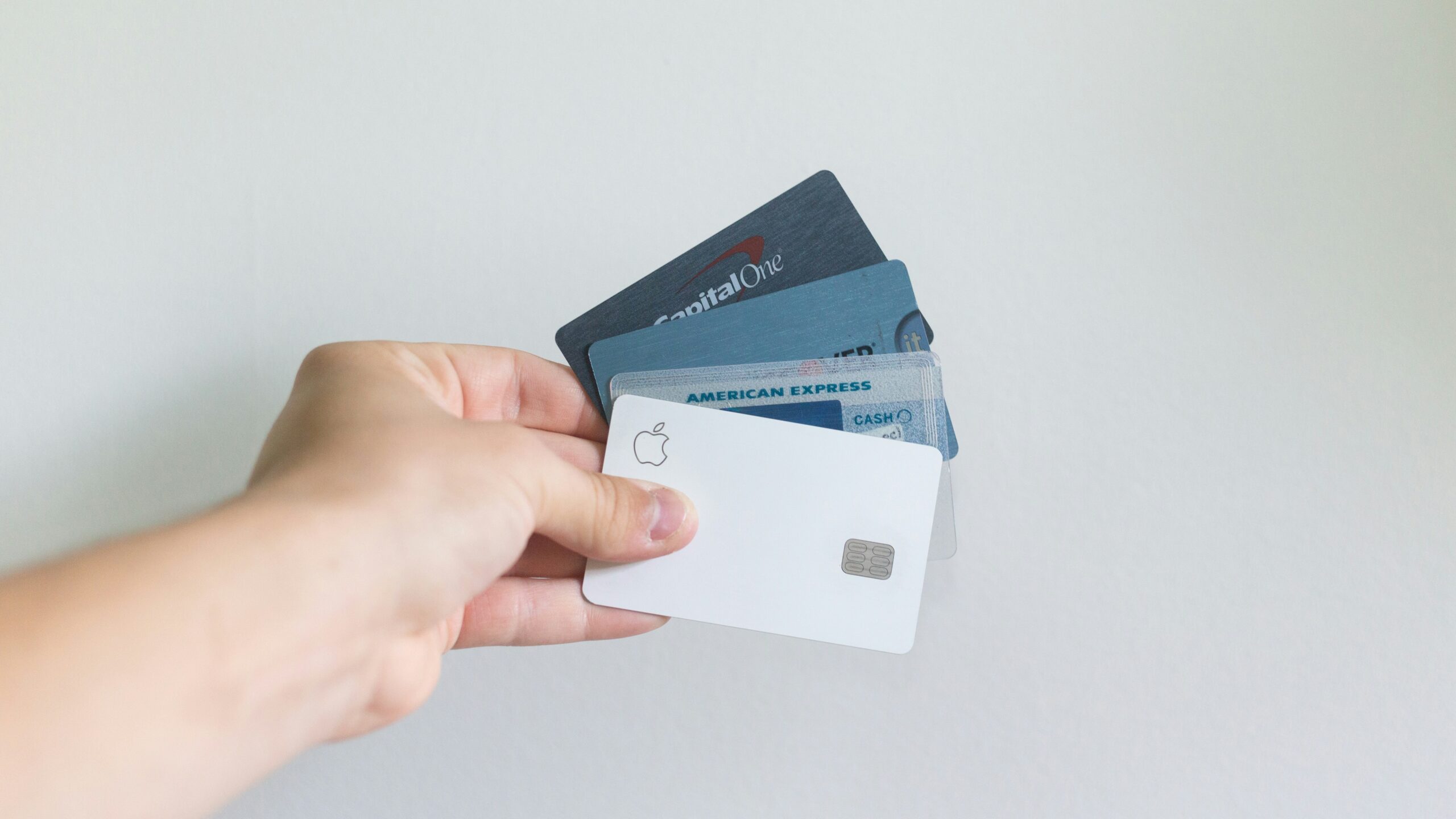Creating a personal budget is one of the most powerful steps you can take toward financial stability and long-term success. But many people struggle to build a budget that’s realistic, easy to follow, and effective. In this article, you’ll learn a step-by-step method to create a personal budget that fits your life—and helps you stay on track with your money.
What Is a Personal Budget?
A personal budget is a financial plan that outlines your income, expenses, savings, and debt payments for a specific period—usually a month. It helps you understand where your money is going and ensures that you spend less than you earn.
In short, budgeting is about intentional spending. It gives every dollar a purpose and helps you avoid financial stress caused by overspending or missed bills.
Step 1: Calculate Your Net Income
Start by identifying your total monthly income after taxes (net income). This may include:
- Salary or wages
- Freelance income
- Rental income
- Side hustles
- Any other reliable monthly income
If your income varies, average the last 3–6 months to get a more realistic picture.
Tip: Avoid budgeting based on gross income—only use what actually hits your bank account.
Step 2: Track Your Monthly Expenses
Next, you need to know where your money is currently going. Review your bank and credit card statements, receipts, and any spending logs for the past 1–2 months. Categorize your expenses into two types:
Fixed Expenses (same amount each month):
- Rent or mortgage
- Utilities
- Car payment
- Insurance
- Subscriptions
Variable Expenses (change each month):
- Groceries
- Gas
- Dining out
- Entertainment
- Shopping
Be honest and detailed here—this is the foundation of your budget.
Read more: How to Organize Your Personal Finances in 7 Simple Steps
Step 3: Set Spending Limits by Category
Now that you’ve identified your income and expenses, it’s time to set spending limits for each category. Start with your needs, then move to wants, and finally, allocate for savings and debt repayment.
A popular budgeting method is the 50/30/20 Rule:
- 50% for needs
- 30% for wants
- 20% for savings and debt
This rule works well for beginners but can be adjusted to fit your lifestyle and goals.
Step 4: Choose a Budgeting Method That Suits You
There’s no one-size-fits-all budgeting strategy. Here are a few options to consider:
Envelope System
Assign cash to physical envelopes labeled by category (e.g., groceries, gas). When the cash runs out, no more spending in that category.
Zero-Based Budget
Every dollar is assigned a job until your income minus expenses equals zero. Nothing is left unaccounted for.
80/20 Budget
Save 20% of your income automatically and use the remaining 80% however you need.
App-Based Budgets
Use apps like YNAB, Mint, or EveryDollar for real-time tracking and organization.
Pick the one that fits your personality and habits.
Step 5: Automate and Simplify
Automating parts of your budget can help you stick to your plan. Consider:
- Automatic transfers to savings and investment accounts
- Auto-pay for fixed bills to avoid late fees
- Using a budgeting app to receive alerts and reports
The more streamlined your system, the easier it is to maintain.
Step 6: Monitor and Adjust Regularly
No budget is perfect from the start. Life changes, and so should your budget. Make it a habit to review your budget weekly or monthly. Ask yourself:
- Did I overspend in any category?
- Did I save what I planned?
- Are there new expenses coming up?
Don’t be discouraged if you slip—budgeting is about learning and adjusting.
Step 7: Set Financial Goals to Stay Motivated
A budget becomes more meaningful when it’s tied to a goal. Whether it’s building an emergency fund, paying off debt, or saving for a vacation, clear goals keep you focused and motivated.
Break large goals into smaller milestones and celebrate your progress along the way.
How to Set Financial Goals for Your Future
Common Budgeting Mistakes to Avoid
- Guessing your expenses instead of tracking them accurately
- Not including irregular expenses like annual fees or holiday gifts
- Forgetting to update your budget as income or expenses change
- Not budgeting for fun—your budget should include joy, not just bills
- Being too strict, which leads to burnout and quitting
Budgeting is a tool for freedom, not punishment.
Final Thoughts: Take Control One Step at a Time
Creating a personal budget that works is about more than numbers. It’s about aligning your spending with your values, building confidence in your decisions, and preparing for the future. Start simple, be consistent, and remember: you control your budget—it doesn’t control you.
Every financial success story begins with a plan. Yours starts now.
Assine nossa newsletter e receba dicas reais pra organizar sua vida financeira







